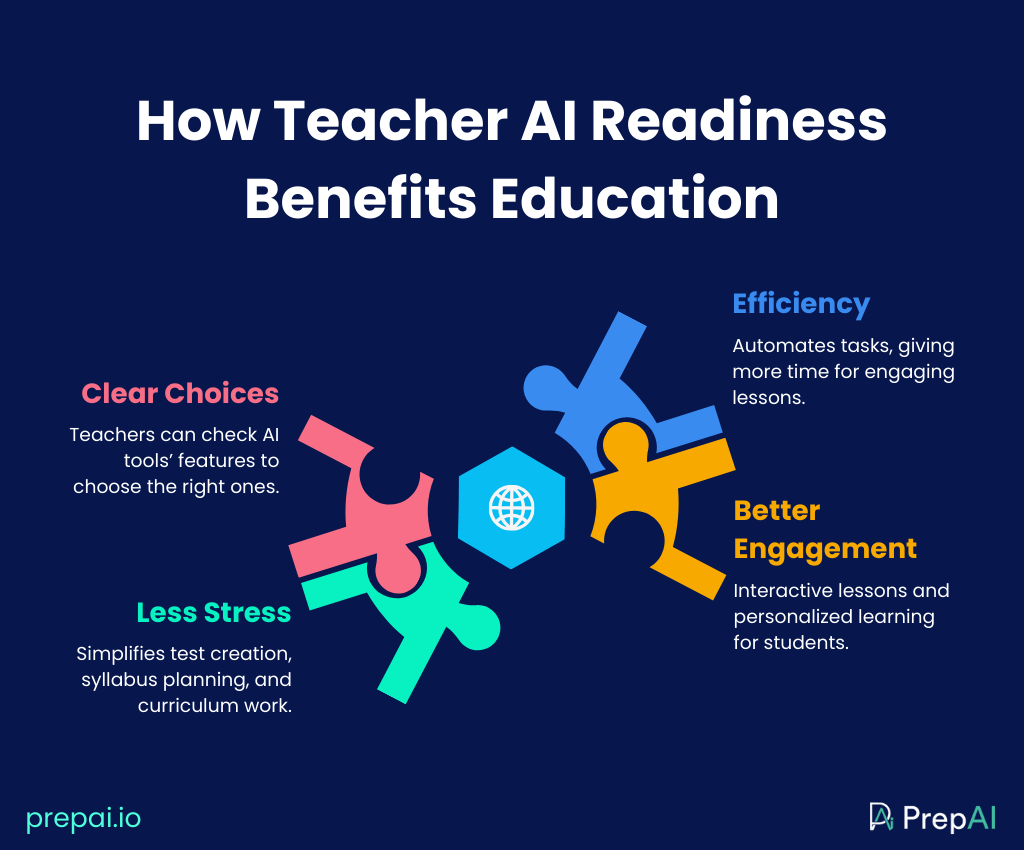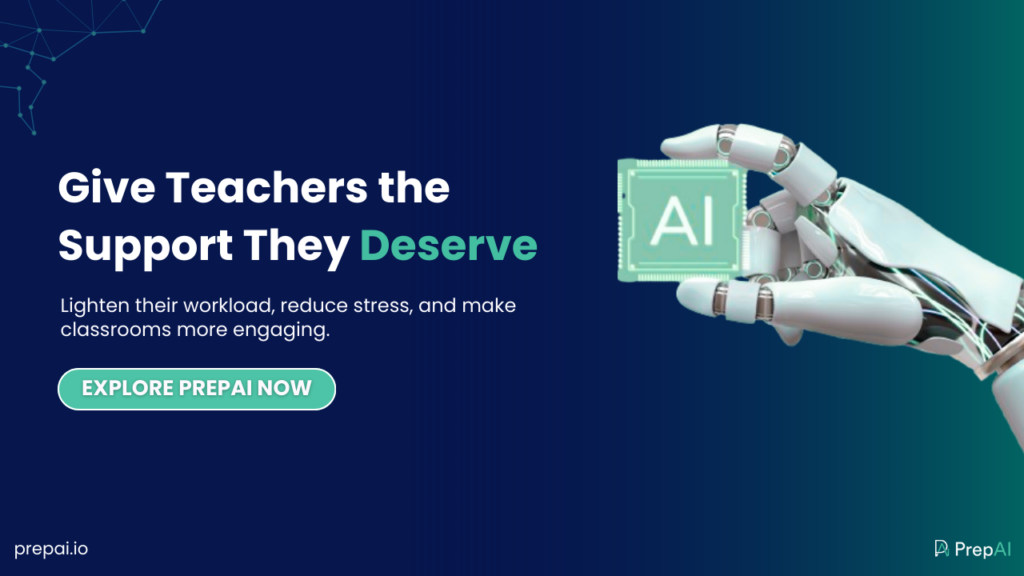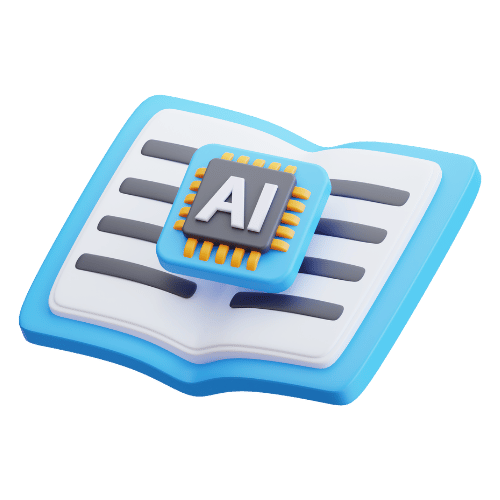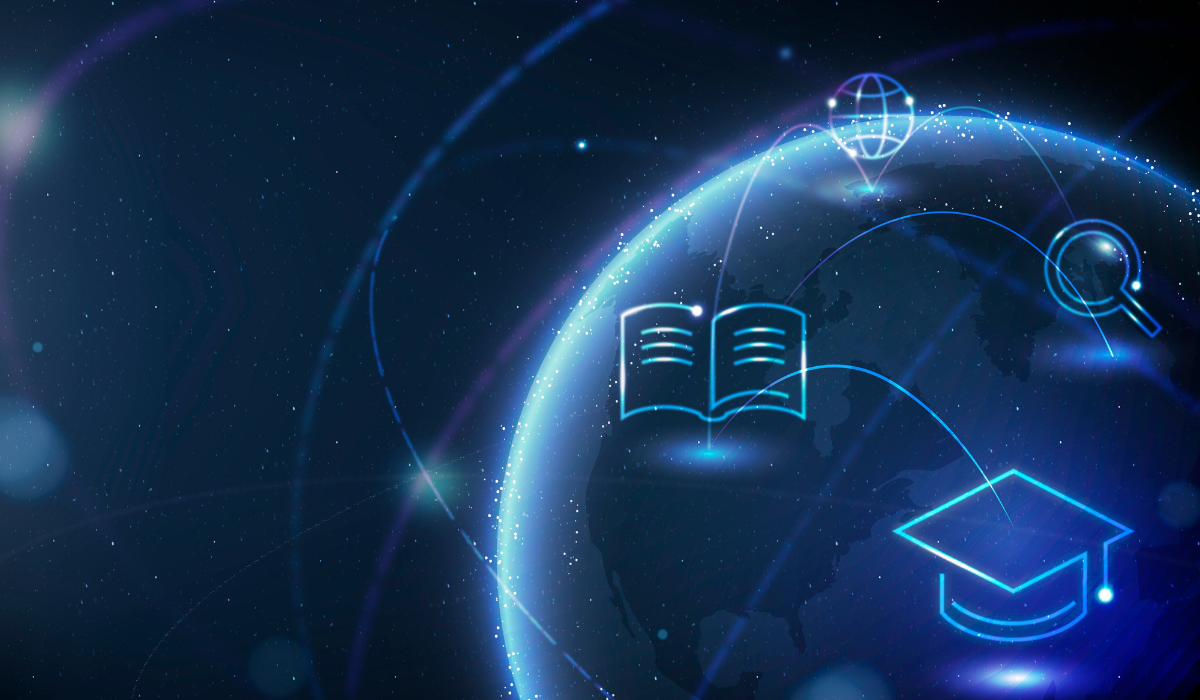Teacher AI readiness is about how easy teachers find it to use AI tools and the extent of support they have from the institutions or governments. Here, we’ll discuss the investments of Microsoft, OpenAI, and Anthropic in promoting AI teacher training programs.
Countries in Africa are actively embracing AI technology in various industries, particularly in education. In fact, the AI in Education Forum (Africa) is scheduled to take place from October 29th to 31st, 2025, in Johannesburg. This event brings together educators, researchers, AI innovators, and other related professionals to discuss the role of artificial intelligence in transforming the African education sector.
ometime in May-June 2025, UNESCO launched a pilot project in six African countries to ascertain their AI readiness and to generate comprehensive, actionable reports for AI adoption across the continent. Governments in Botswana, Malawi, etc., had come forward to work with UNESCO. This led to a discussion and exploration of how AI can enhance industries like education, science, and culture in the region.
There’s an important aspect to consider when promoting artificial intelligence in schools. What is it?
Teacher AI readiness, aka, the extent to which teachers are ready to use AI tools as a part of daily or weekly activities, and whether or not they have the required skills and access to technology to make this happen. Given that artificial intelligence is a relatively new technology, AI teacher training programs are essential to ensure teachers can effectively and accurately utilize the tools both inside and outside the classroom. Such training also empowers teachers to correctly guide students in using AI responsibly to minimize the risks or challenges.
In this blog, let’s read in detail about why tech giants are investing in AI teacher readiness.
The Importance of AI Literacy for Educators
AI literacy refers to the knowledge people have to use AI tools and technologies and achieve the desired results. It is about how comfortable and confident someone feels when using an AI tool. Traditionally, teachers did not use much technology in classrooms. It was mostly limited to PPTs (PowerPoint Presentations) on projectors, creating slideshows, etc.
However, in recent years, new and advanced technologies have become a part of the education industry. Learning management systems (LMS), AI-powered test maker for teachers, 3D image generators, generative AI tools, etc., are being integrated into classrooms in various ways. For this, teachers should have a clear idea of how the systems work and ways to ensure the new technologies are used ethically.
This requires educator AI readiness programs, where teachers and educators are trained to use the relevant AI tools to streamline and automate various teaching and non-teaching activities that are a part of their daily lives. When teachers have AI awareness and literacy, they will feel more in control of the changes and help students understand the pitfalls of overdependence on technology. Moreover, teachers will not oppose new developments due to fear of change. Instead, they can proactively determine which changes are effective and promote them in educational institutions. They can embrace more opportunities and improve the quality of education.
The initiative by tech giants, such as Microsoft, OpenAI, and Anthropic, to invest in AI professional development for teachers and promote the programs is a welcome move. It includes diverse aspects like how to use AI responsibly, as well as how to detect AI-generated content and prevent plagiarism, etc. EdTech Insiders reported that there are over 250 AI-powered tools available for educators. This number will only grow as more businesses develop effective and powerful EdTech platforms.

By encouraging teacher AI readiness with timely training programs, educational institutions can achieve the following:
Less Confusion and Resistance to Change
How do you know if an AI tool is useful for a teacher or not? Does it mean the educator has to read about every tool and each one before choosing the best option? Of course not!
Teachers should know whether or not a tool is helpful for them by checking its features and capabilities. For this, they should have the knowledge related to the topic. For example, if an educator wants to choose the best online quiz maker for teachers, they should know what their expectations are and compare them with the tool’s features to make the right decision. This reduces confusion and makes them more open to accepting new technologies.
Greater Classroom Efficiency
A teacher has a never-ending to-do list consisting of teaching and non-teaching activities. Wouldn’t it be great if at least some of these were automated? If a teacher can save time and energy spent on other activities, they can pay more attention to classroom sessions. Additionally, they can introduce new tools in the classroom to make lessons more engaging and informative. For example, virtual tours of old historic sites can create interest in history lessons. Quiz generators such as PrepAI can create functional assessment tests and share instant results with students.
Reduced Stress and Workload
AI powers the automation of recurring tasks. It can also reduce steps in a lengthy process like creating test papers, generating syllabus material, creating curriculum, etc. When teachers know how to effectively use AI tools for such time-consuming activities, they can reduce the workload and complete the process in less time. It gives them some breathing space to relax, which in turn improves their physical, emotional, and mental health. Stress-free teachers are more productive and keep the classroom atmosphere healthier.
Better Student Engagement
Using technology in classrooms is not just about saving time for teachers. It is also about making learning more fun for students so that they pay attention to the lessons, interact with each other, and gain knowledge. With AI EdTech solutions, educators can gamify lessons and assessments to increase engagement. Teachers can also conduct mental ability tests and leadership assessment tests to understand the strengths of each student and create personalized learning experiences. This also prepares them to be assertive and confident individuals when they enter the wider world.
Future of Teaching with AI
Statistics show that about 86% of students in higher education use AI tools, while 66% use ChatGPT for different educational purposes. In such instances, teachers cannot be left behind or show resistance to using AI tools.
According to The Future of Education with AI: 2025, 85% of educators recognize the potential of AI, but 23% of them still need clarity about how things work, indicating a gap between awareness and training. 77% of teachers are already using AI tools to automate grading and personalize learning, resulting in saving time up to 30%. Moreover, 87% of teachers feel that AI can increase student engagement.
These survey reports indicate that more teachers are showing interest in embracing AI solutions due to the multitude of benefits they offer. At the same time, there is a definite need for robust and comprehensive teacher AI readiness and training programs to ensure the desired results.

To Sum Up
From curriculum creation to classroom management and test makers, AI tools can assist educators in several ways to enhance their workplace experience and provide quality education to students. As teachers join and benefit from the AI readiness programs, we can notice amplified results in schools and other educational industries.
Do you know teachers who could benefit from using a powerful AI-based quiz generator tool? Partner with us to empower educators to adopt new EdTech solutions and promote better learning experiences.



